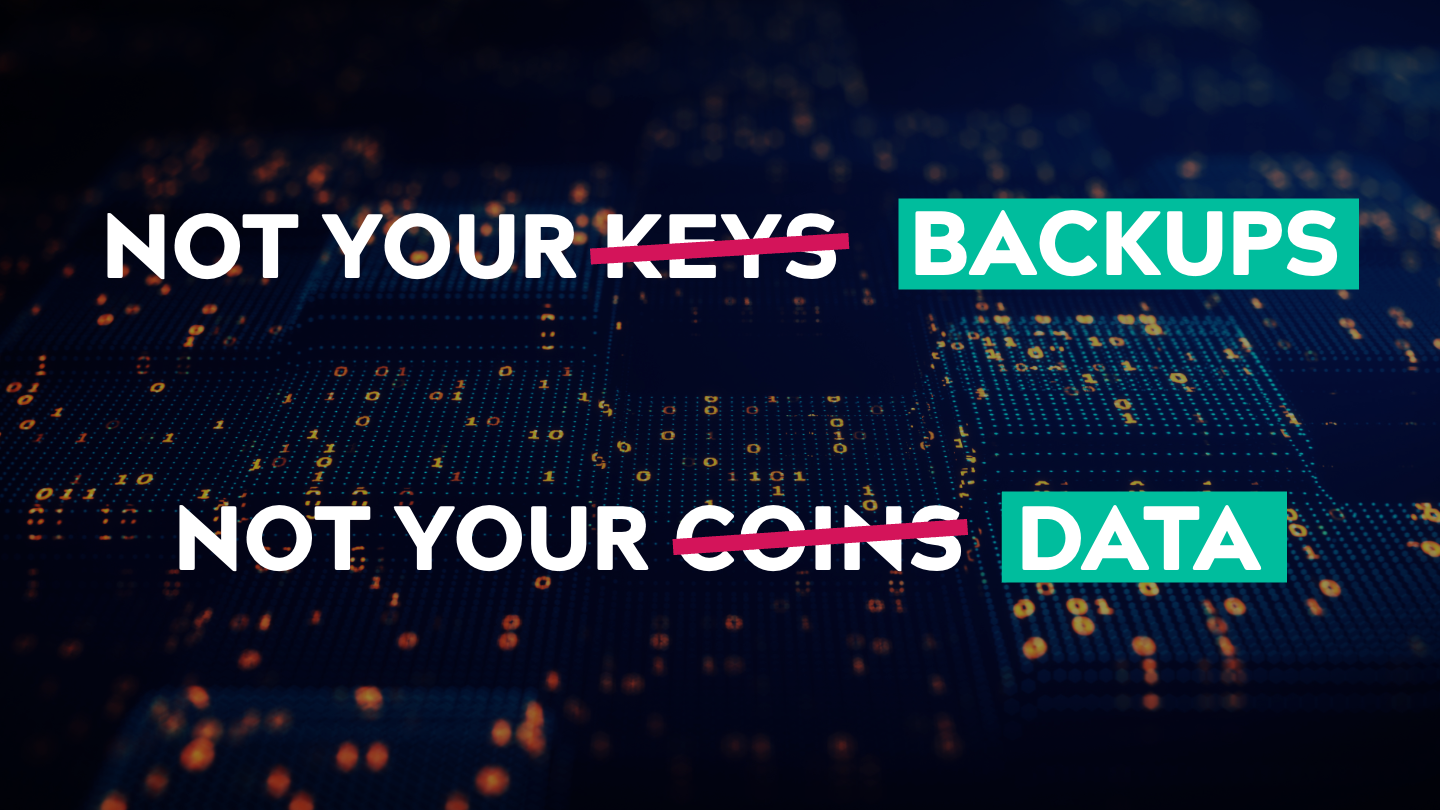
Rackspace is having a rough few days.
The story thus far
Rackspace Technology announced on December 7th that, six days after suffering a ransomware attack, they're still unable to determine when normal email service will be restored to the thousands of hosted Microsoft Exchange customers. They asked for customers' patience and provided temporary email fixes as they continue to investigate the attack that began late last week and has caused ongoing disruptions.
Service interruptions started on December 5th with no end in sight.
“While the investigation is ongoing and in its early stages, at this time, we're unable to provide any timeline or expectations for restoration to the Hosted Exchange environment,” said an official forum post last Wednesday, “we're working to provide customers with archives of inboxes where available.”
Rackspace, which has been stressing many administrators out with its lack of transparency and accessibility during the outage crisis, is doing all it can to fix the disrupted service, including throwing as many employees at the problem as possible. However, they remain tight-lipped about what customer info might have been accessed.
No end in sight
Rackspace has confirmed the attack was ransomware, and in the meantime it’s recommending users shift to Microsoft 365, saying: “we're working diligently to meet our customers' needs regarding access to email and email forwarding. As noted in our recent updates, we've arranged for all Hosted Exchange customers to have access to Microsoft 365”
Read the full post from Rackspace here.
The company doesn’t want to release full details of the incident, saying that it’s under active investigation, but it can be difficult to feel secure not knowing any details of the incursion.
What went wrong
Rackspace is a large company, with 6,000 employees and over 3 billion in annual revenue. As such this situation is a surprising one. The company isn't sharing the details of the breach, but the issue isn't that their security was breached, that production data stores were compromised, or that this affected users' access. The issue is that Rackspace has no plan for recovery (as far as customers are concerned, an inadequate plan, as seen in the Atlassian data outage, is the same thing as no plan). Demanding perfection isn't a path to resilience.
Rackspace has been around for a long time and effective operations are really their main selling point, as such they should have had an effective:
- Backup system Disaster Recovery Plan Ransomware Plan
Notably, these three plans aren't identical, but they should all be in place to ensure that the company can recover from any incident.
Backup systems are essential for ensuring data is safe and secure, as well as providing a way to restore lost or corrupted files. Disaster Recovery Plans provide guidance on how to respond when an unexpected event occurs, such as a natural disaster or cyberattack. Ransomware plans help protect against malicious actors who may attempt to hold your data hostage by encrypting it until you pay them money.
As the saying goes, a backup is only as good as your recovery. We believe that Rackspace likely had runbooks and backup and recovery plans for the above but, as seen in the Gitlab data loss incident a few years ago, without frequent testing and verification, these plans aren’t meaningful. These plans need to be updated to reflect the constant security attacks we find ourselves under these days. Backups, in particular, need to be hardened and made immutable to prevent ransomware from modifying or deleting them.
It should also be stressed that a backup is meaningless if it can't be restored in a short period of time. If an organization needs multiple weeks to restore something as critical to a business as email and data access, that's equivalent to a total data loss and can be a company-ending event for the organization’s customers.
Rackspace needs to take steps immediately towards verifying and testing these plans and implementing them into their operations so that they can better prepare themselves for future incidents like this one. They need to invest in better security measures such as firewalls, antivirus software, intrusion detection systems (IDS), and other tools designed specifically with ransomware protection in mind; create detailed backup procedures; develop comprehensive recovery strategies; train staff on proper response protocols; and regularly test their system's resilience against potential threats.
That said, beyond pointing fingers, what can all of us learn from this?
Do you really control your data?
This question, whether your data is really yours, always prompts certain members of the chattering classes to say ‘this is why the cloud was a mistake’ and recommend some kind of retrograde abandonment of current technology. Such types won’t be happy until the first year of every startup’s life is spent waiting for backordered RAM. To be clear: we'ren’t recommending that you abandon cloud data storage and hosting services.
However, key data ownership principles do dictate that you can't fully trust any single public cloud tool with everything.
“Not your keys, not your coins” ➡️ “Not your backups, not your data”
The phrase “Not your keys, not your coins” is a popular saying in the cryptocurrency world. It's a reminder to users that if they don't have control of their private keys, they don't have control of their coins. Private keys are a string of numbers and letters that are used to access a cryptocurrency wallet. They're the only way to access the funds stored in the wallet, and if someone else has access to the private keys, they can access the funds.
This principle applies to cloud data storage as well: if you have no way of exporting all your data, and no backups independent from your cloud provider, you don’t really ‘own’ your data and will be at the mercy of whatever vagaries beset that provider.
Incidents like this one with Rackspace aren’t all that common, and they shouldn’t be, but they do happen. When they do, you don’t want to be at the mercy of the primary provider’s backup and restore SLAs (or lack thereof). Instead, we recommend exploring some straightforward ways to protect yourself by owning your own backups. If you control your own backups, you also control where you can restore it for temporary access and thereby sidestepping the failed infrastructure, the latency of restores to prevent being at the back of the line in the restore queue, the ability to permanently move your data to a different infrastructure provider to reduce lock-in with unreliable vendors, and more!
Our recommendations
Understand your provider’s responsibility model
As the data owner or IT lead, you should:
- Research the cloud provider's Service Level Agreement (SLA) to understand the responsibilities and liabilities associated with service delivery (for example, see Microsoft’s shared responsibility model).
- If your cloud or service provider doesn’t have a well-defined risk model and you don’t have other reasonable options, ask as many questions as possible during the on-boarding process in order to gain a full understanding of your responsibilities and any other obligations that need to be met. 3. Familiarize yourself with not just your company’s backup and retention policies but also industry standards and regulations related to data security, privacy, and compliance with applicable laws that may apply when utilizing cloud services from your particular provider.
Have you own backups on an independent platform
While we disagree with the 3–2–1 backup rule in today’s cloud environments (more in a different blog post), you shouldn't store your backups on the same system or infrastructure as your primary data. Otherwise, you will likely lose access, often permanently, to your backups when you need them the most.
However, you also don’t need to buy on-prem backup appliances, build a bespoke storage system, or jump through any hoops to create an independent backup copy. Find a modern backup tool that optimizes for usability and supports cloud object storage (S3, Azure Blob, etc.). These tools should support deduplication, compression, and encryption to reduce network and storage costs and you should pick a cold storage tier to even further reduce any associated backup expenses.
Test and verify
Taking backups isn’t enough, you’ve got to try using them, even if only as a test. On a frequent basis, ensure that your backups are definitely encrypted with keys that you control, use your backup tool can verify that the data hasn’t been corrupted (using cryptographic hashing), and perform test restores into sandbox environments. Ideally, this should be automated with alerts in case of failures.
On a semi-frequent basis, do test restores of varying subsets of your data and measure how long it takes to restore it, where the bottlenecks might be, and to see how long it would take to recover a meaningful amount of data from a major outage. Does that meet your SLA? Note that this often doesn’t mean restoring all data immediately but a subset of the most recently accessed and modified data to get things back up and running.
Backing up Microsoft 365
We would be remiss if we didn’t concretely tie our recommendations back to where we started, a large email outage at Rackspace. Rackspace has recommended that all customers move to Microsoft 365 and so, we will focus on that. Microsoft’s architecture should be a lot more stable but the customer’s responsibility hasn’t gone away and Microsoft highlights that on their website when they say that they're responsible for the infrastructure but the customer is responsible for their data.
To help with your portion of the responsibility, we recently release Corso, a free, secure, and open-source tool that protects your Microsoft 365 data, at low cost, by securely and efficiently backing up all business-critical data to object storage.
You can get started with Corso in just a few minutes and you will be able to move your Microsoft 365 emails and data to your choice of object storage provider and location. Not only will Corso compress and deduplicated your data, it will also encrypt it with your keys. Corso also uses internal checksums to verify the integrity of your data.
It’s also possible to quickly verify and test your backups with Corso. You can restore user data in sandbox environments and accounts and perform filtered restores to just bring back subsets of data. Give it a try and let us know what you think!
